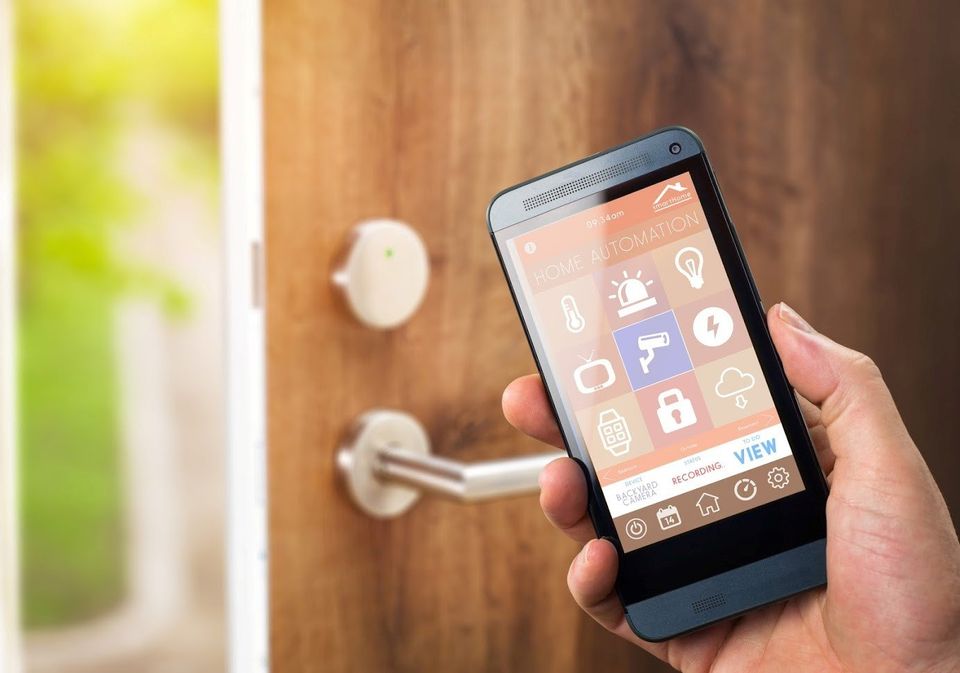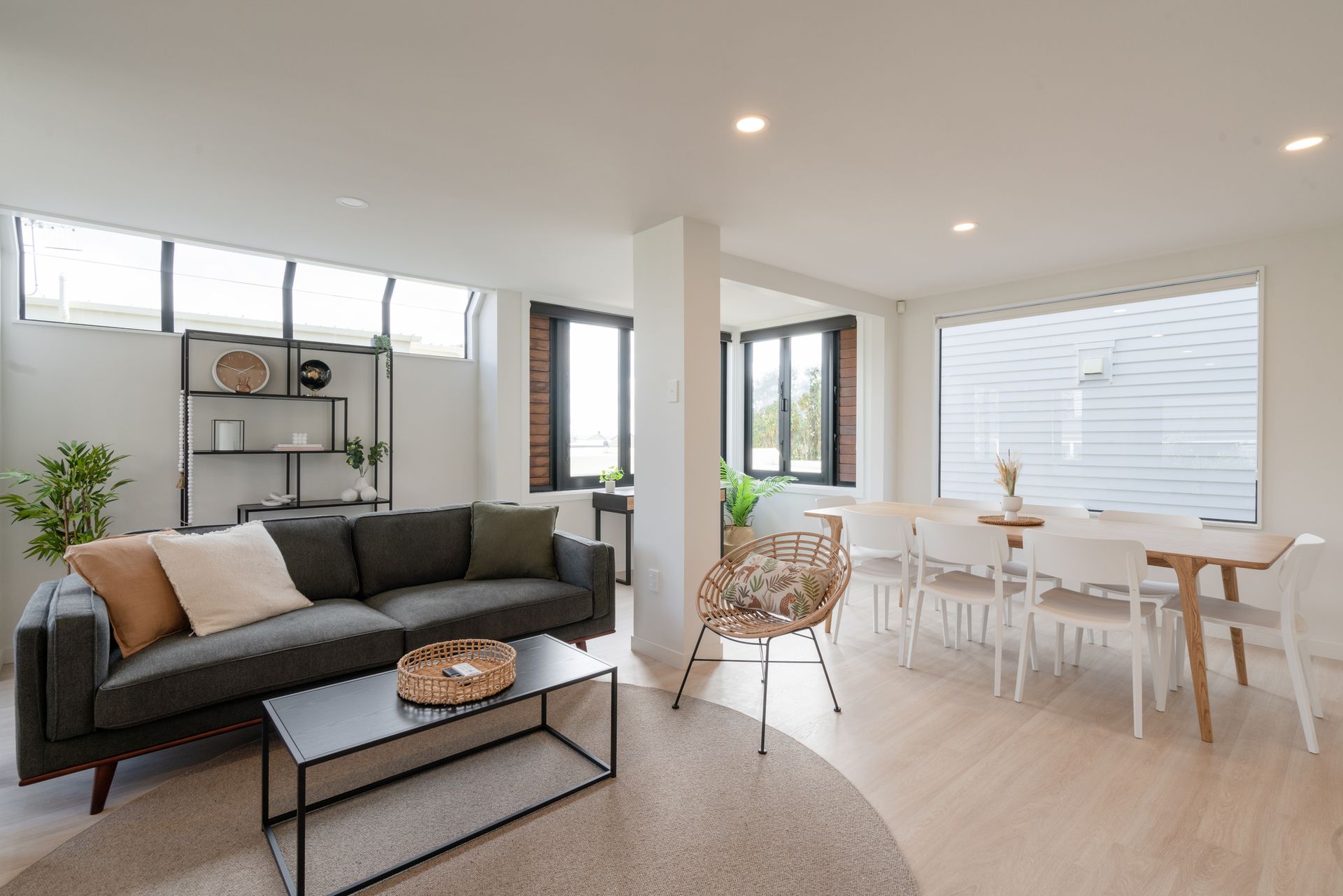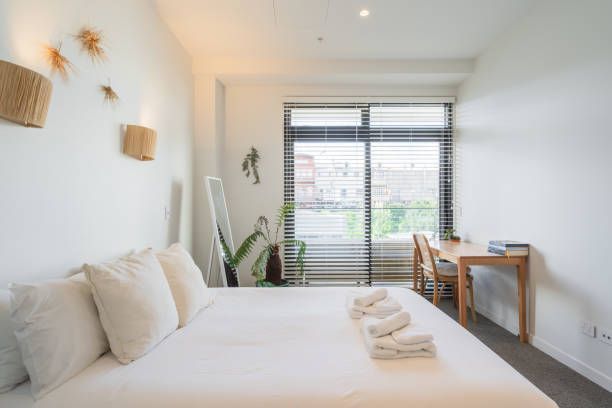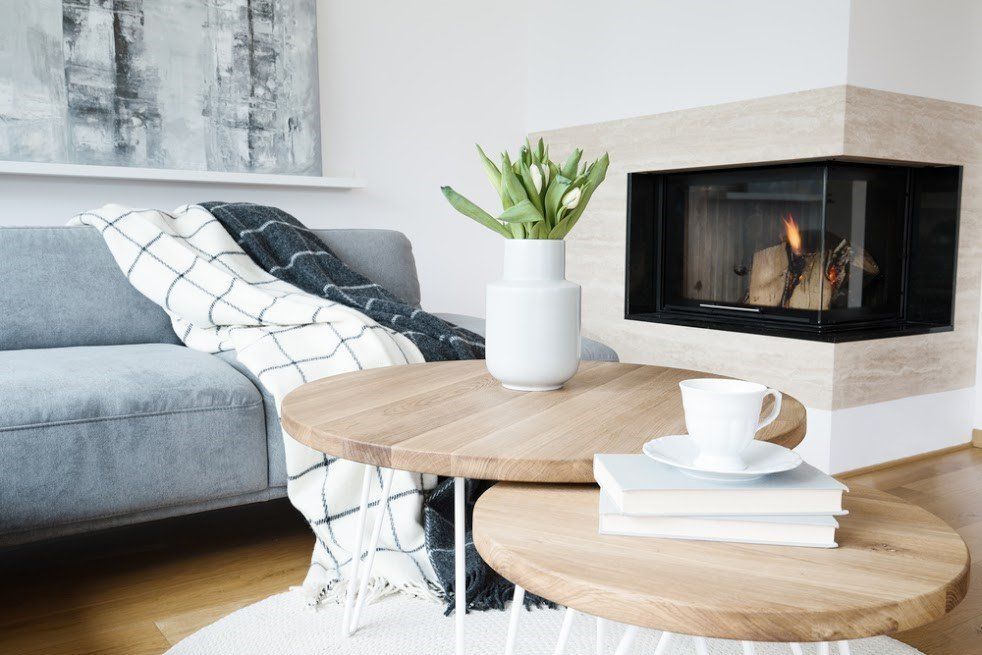Develop a Security Plan for Your Short-Term Housing Situation
Admin • March 11, 2020

A temporary living situation can pose several unique challenges. And, just because the living situation is temporary doesn't mean you can afford to let security measures slide.
Here are some tips to help you develop a well-rounded set of security precautions, so you can ensure your temporary housing situation is just as secure as any permanent home.
1. Discuss Current Security With a Relocation Company
The first step for developing a security plan for your temporary housing situation is to be as informed as possible about the current security measures and systems in your short-term housing situation — ideally before you even move in. The apartment building's security system, the types of locks on the doors, and any alarm systems connected to the doors and windows of your apartment are all things you need to know about.
Once you have a complete picture of the security precautions already in place, you can then start to assess which additional security measures you can add.
2. Bring Along Security Measures From Your Previous Home
Although many homeowners now have smart home systems with all the security and alarm components wired in, some types of security are easier to bring along to a new living situation. For instance, if you were renting in your previous home, you may have a DIY system with portable components that doesn't require any drilling.
In this situation, you should consider transferring the system. Or if you have any additional window alarms, a doorbell camera, or any similar components that you can easily transfer, bring those along.
You should also consider bringing your dog along (if you have one). While living situations that accept pets may be less common, they do exist. A dog, especially a large one, can deter some criminals. While it doesn't replace a security system, a dog can be considered one small part of your security plan.
3. Use Traveling Security Items
Portable security measures, such as those you might use in a hotel room while traveling alone, could help you beef up security without making permanent changes. These portable security measures include door wedges, portable motion detector alarms, and so on.
Using these types of tools can add extra layers of security to your doors and even windows when you're unable to install new locks.
4. Know Emergency Services in the Area
While calling 911 is the default for anyone who needs emergency services in the USA, knowing a bit more about the emergency services and personnel in your area could also be useful. For instance, if you know which personnel you need, you can save time if you call them directly rather than having to be transferred to the more local line.
In addition, knowing specific numbers for emergency personnel can help conserve resources. You can avoid tying up 911 call center resources when many other people are also having emergencies in a disaster scenario. So look up a variety of emergency numbers specific to your locale, and write or print a hard copy as well as putting them into phone contacts.
5. Remember to Keep up Good Habits
Habits such as covering a keypad while you enter a security code and hiding your extra key somewhere less obvious than under the doormat can serve you well anywhere you go. Some additional security habits you should especially keep up while in temporary housing include:
- Staying alert anytime you leave your housing
- Keeping your valuable belongings somewhere secure (such as in a safe)
- Keeping valuables properly insured
- Staying up-to-date in self-defense techniques
These five steps can help you assess and even strengthen the security measures for your short-term housing situation. For more information on the short-term housing we provide, get in touch with Corporate Relocation, Inc
today.














